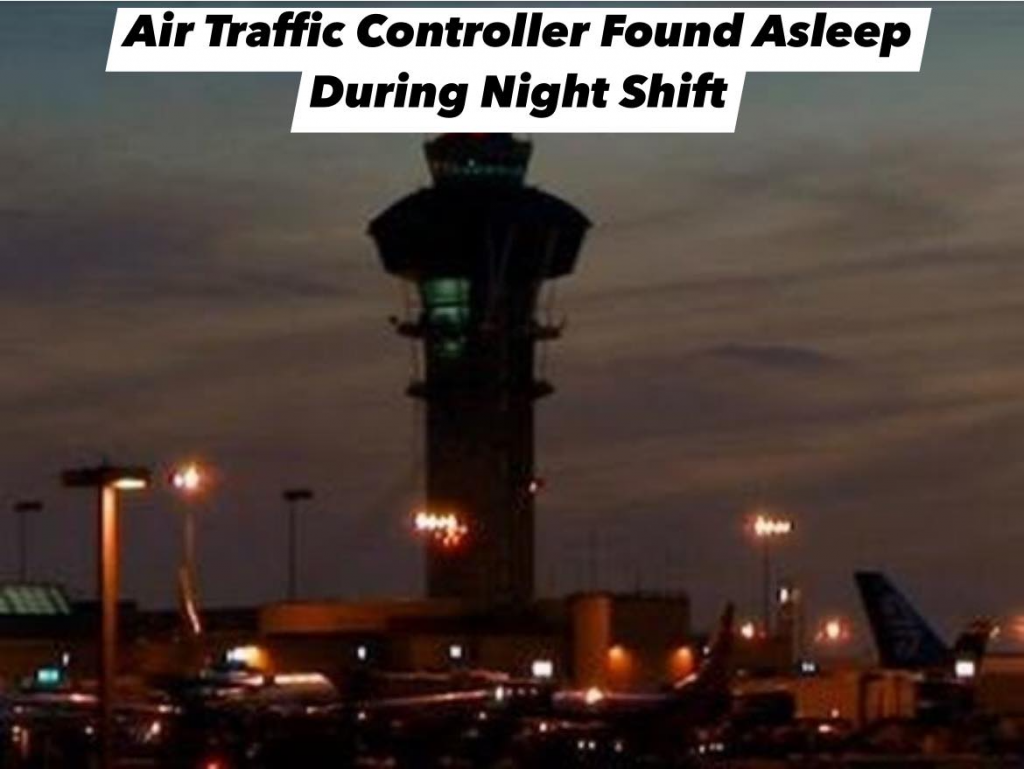The Australian Transport Safety Bureau (ATSB) investigation revealed that an air traffic controller at Brisbane Centre, one of Australia’s major air traffic control hubs, was found asleep at their post during a night shift.
The incident occurred on December 9, 2022, when the controller monitored airspace around Cairns, 850 miles north of Brisbane.
The controller, who had been on duty from 10 p.m. to 6 a.m., was discovered asleep by a colleague who arrived for the morning shift at 5:15 a.m. The worker was lying across two chairs with a blanket, still wearing their headset, while the air-situation display had entered screensaver mode.
After confirming that there were no active flights in the airspace, control was smoothly handed over to the incoming shift.
The ATSB’s report attributed the incident to several factors, including fatigue due to consecutive night shifts, a low workload, and ineffective fatigue management protocols.
The controller, who had ten years of experience, had been working their seventh night shift in nine days due to last-minute schedule changes without adequate rest periods.
The report also noted that Brisbane Centre’s night shifts are known to be colder, and it was common practice for staff to use blankets during these hours.
The incident occurred in airspace that was not handling any active traffic at the time, and a system supervisor had been present at the center’s front desk.
Investigators highlighted a broader issue with how cumulative fatigue was managed at Brisbane Centre. They pointed to an over-reliance on tactical, short-term roster changes due to an underlying lack of resources within Airservices Australia, the government body responsible for air traffic control in the country.
The ATSB announced that it would update its safety procedures and fatigue-risk-management protocols in response to the incident.
Airservices Australia has also stated that it has already revised its guidance on fatigue management and is working with the Civil Aviation Safety Authority (CASA) to explore further improvements to the system.
Brisbane Airport is Australia’s third-busiest airport, handling around 22.6 million passengers annually. With fatigue becoming an increasing concern worldwide, this incident highlights broader global issues faced by air traffic control systems.
In the U.S., ongoing shortages of controllers have led to increased overtime demands, contributing to rising concerns about fatigue and safety.
- Follow or share

